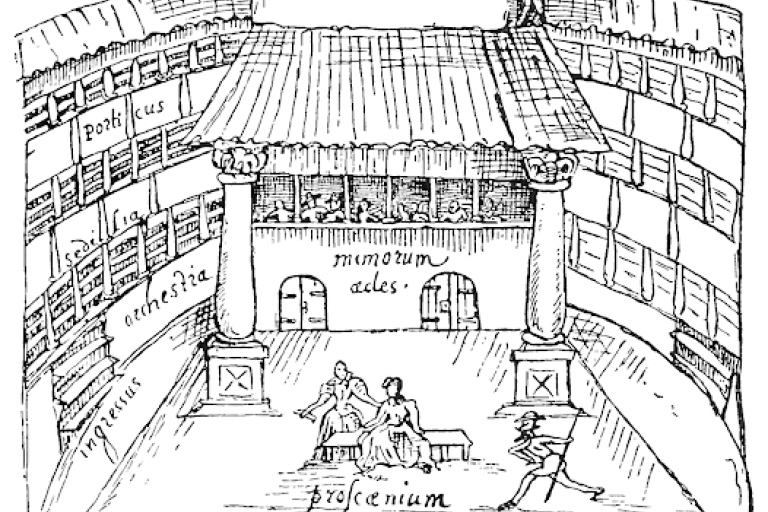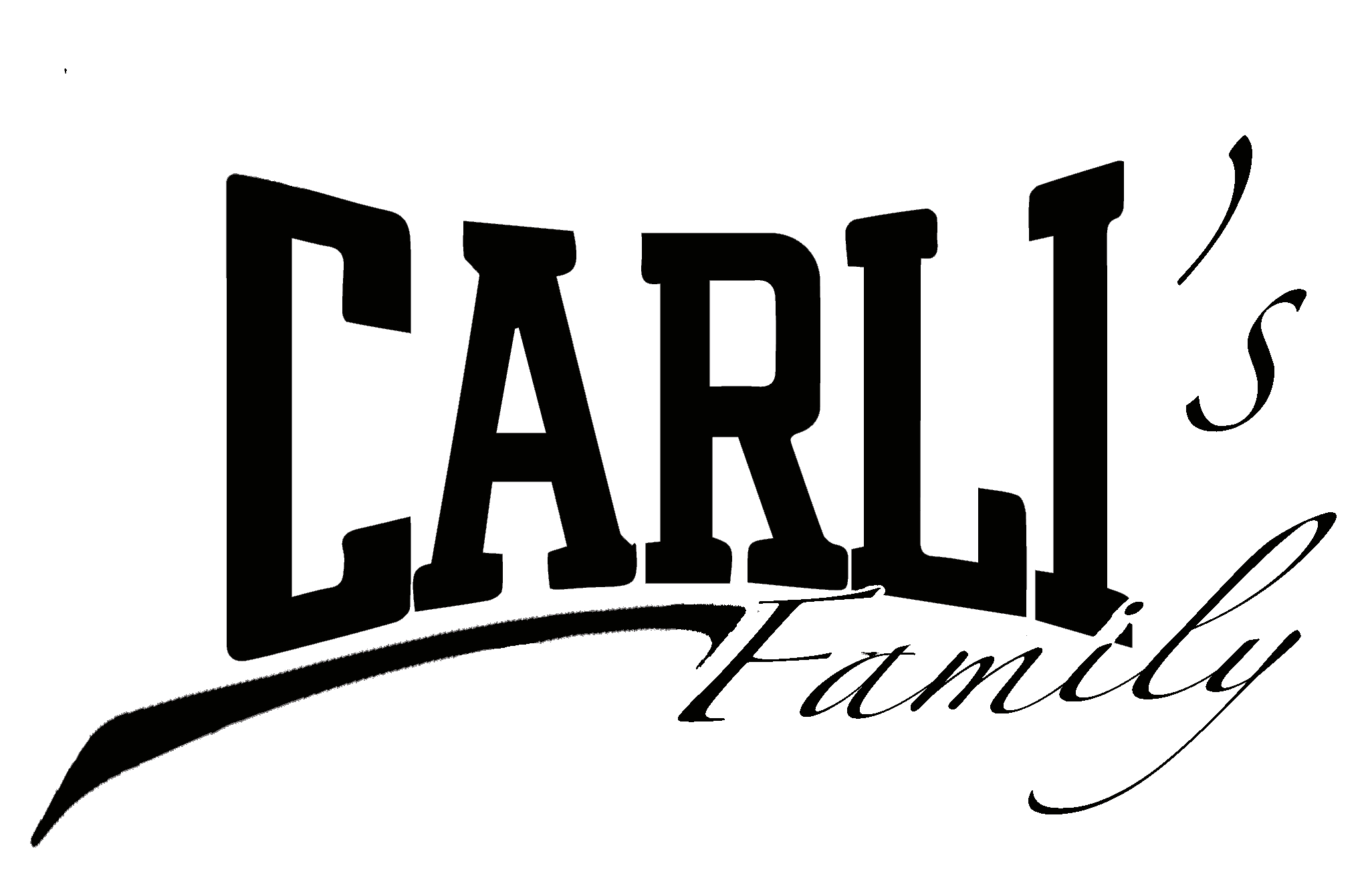Another aspect that characterizes Shakespeare's is the double illusion. Shakespeare makes the reader become aware of both of the characters' actions and of the distance of this action. He makes the reader aware of the character's real action and another dimension that can be his memories or another atmosphere that can be a magical dimension or a dream dimension. He uses this illusion to go deep into the consciousness of the character, to make the reader/spectator aware of his consciousness and his personality.
The moment in which the character reveals his feelings, his thoughts are where there are monologues and soliloquies. A monologue is when a character speaks alone and he expresses his feelings, his thoughts, but in the scene there are some characters aside. The soliloquy is when a character speaks alone and he is alone on stage.
The Elizabethan theatre was round, there were no curtains, so the audience could see the whole scene. There was a close relationship between the audience and the actors. All around the scene, there was life: people who talked, people selling food...
The higher classes set in the galleries that had a roof. There was no roof in the center of the theatre, but if there was bad weather they used to cover it. There is a top door on the stage for devilish scenes. On the two sides of the stage there are two doors, for entrances and exits. There is also an inner stage for indoor scenes, also used to hide the actors (concealments). There was a gallery under the stage, most of the time used by musicians.
In the roof of the stage, that had stars and moons painted, there was a door used for scenes in which there were characters who flew, who fell down from heaven. The actors change behind the stage. The audience could see everything, the actors couldn't hide anything. The spectacle was played in the day, there were symbols to indicate that the scenes were set at night. For example, if there were candles it was night. But there wasn't a strategy to indicate the landscape so the audience could understand it only by the dialogues or for example if there was a king in armor or in his royal clothes, the audience could understand if the scene was outdoor or indoor. A sword could indicate a battle or chairs indicated that the scene was indoor.
The division in acts wasn't the one that Shakespeare gave but it was decided later.
The Globe theatre
Immagine

